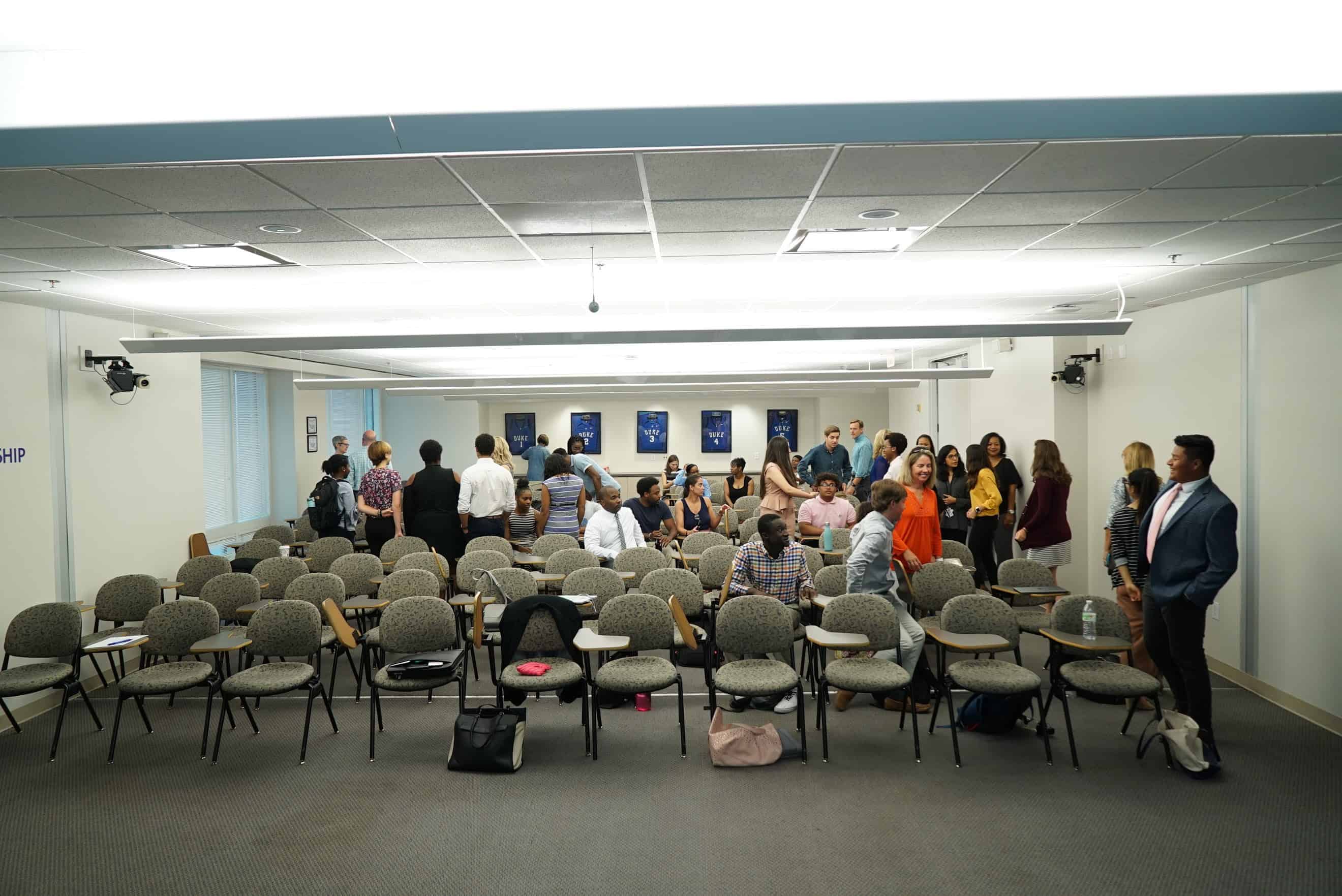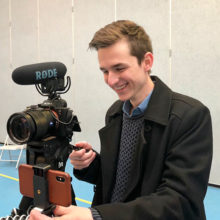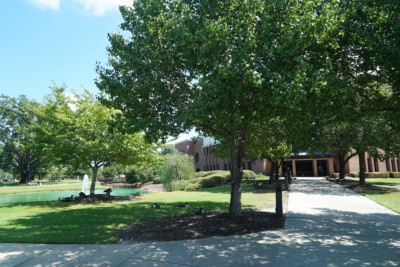For many high school and undergraduate students, summer is a brief respite from academic work. Students in Duke University’s STAR program, however, were busy doing pharmacoepidemiological research.
That’s a combination of pharmacology and epidemiology, explained most simply as the study of how drugs impact populations. Students in the program don’t just learn about this field of research, they do real research that has the possibility of being published in a scholarly journal of medical science.
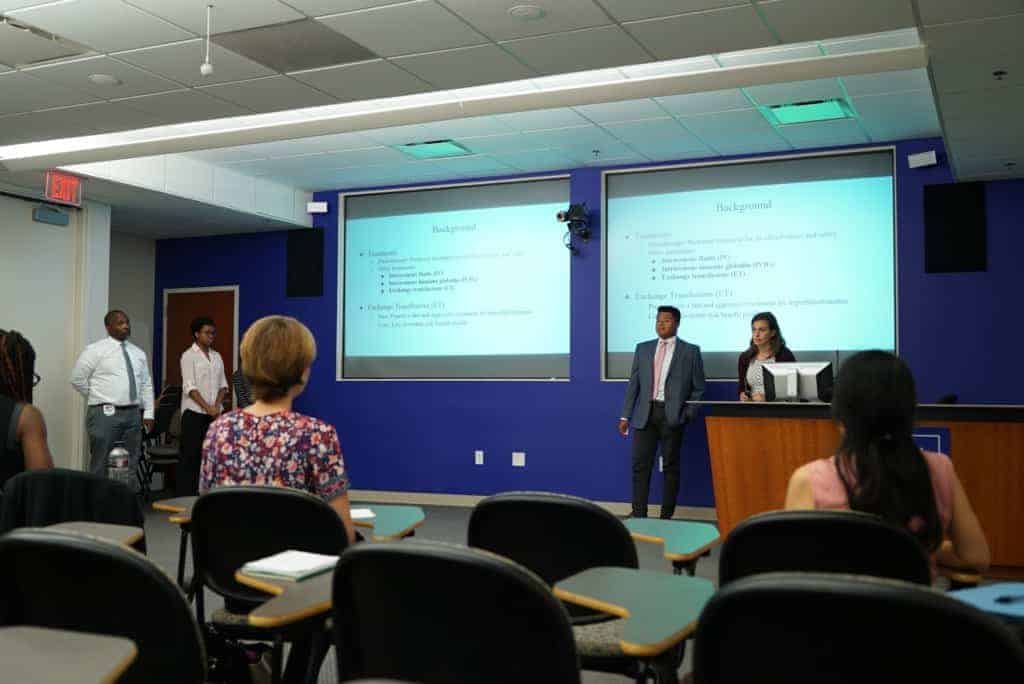



Dr. Vivian Chu, program coordinator, said the purpose of the program is to get more high school students and undergraduates interested in medicine and clinical research.
“From the beginning to the end of the program, we walk them through each step of the way, doing an actual clinical research project,” Chu said. “By the end, they have each component of an actual research project drafted. And as such they qualify as being a co-author on the project.”
The program starts with a rigorous application process. Although more than 150 students applied this year, just 40 received an interview. Half of those students made the final cut, leaving 20 students, a mix of high schoolers and undergraduates, in the program.
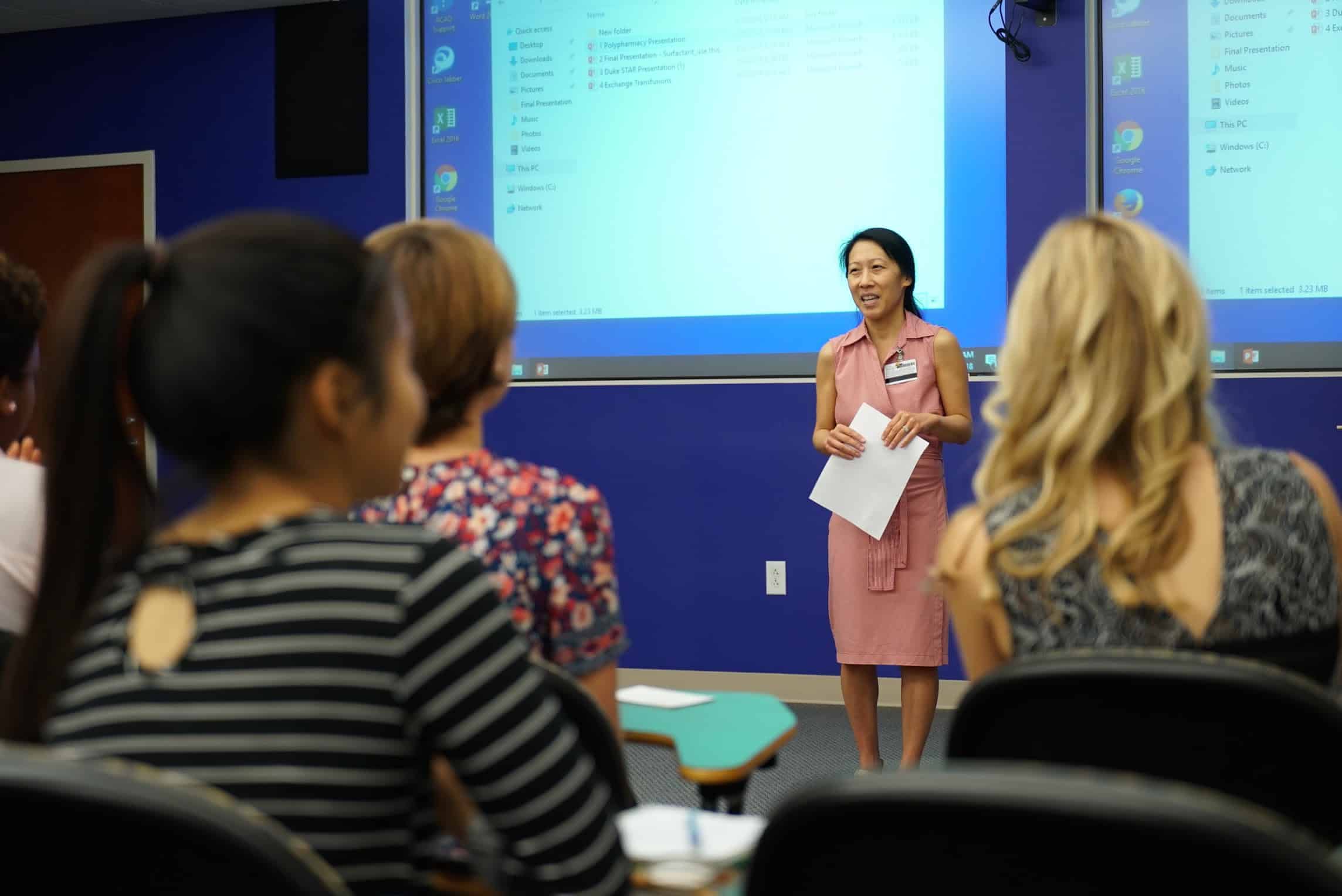

The students were split into four groups, each pursuing a different research project within the field of neonatology, the study of premature newborns. Chu said the research in the program always centers around neonatology because Duke has convenient access to the Pediatrix database, which contains a large swath of information on newborns. Students used it to look up information like which drugs have historically been given to premature infants and how successful they have been at treating various symptoms.
The outcome was research papers with titles like Safety and Adverse Outcomes of Exchange Transfusions for Neonatal Hyperbilirubinemia.
When they weren’t knee-deep in data, the students attended lectures from career researchers, shadowed physicians in clinical settings, and toured laboratory space. Chu said it’s a good opportunity to teach students what the medical sciences are really like.
Why teach high school and undergraduate students to do medical research? We asked Dr. Chu:
“We don’t expect them to know anything, and most of the time they don’t,” Chu said. “At the end, I feel like they come out with a much more realistic view of what it’s like to have a career in this area.”
Cordelia Hume was one of those students.
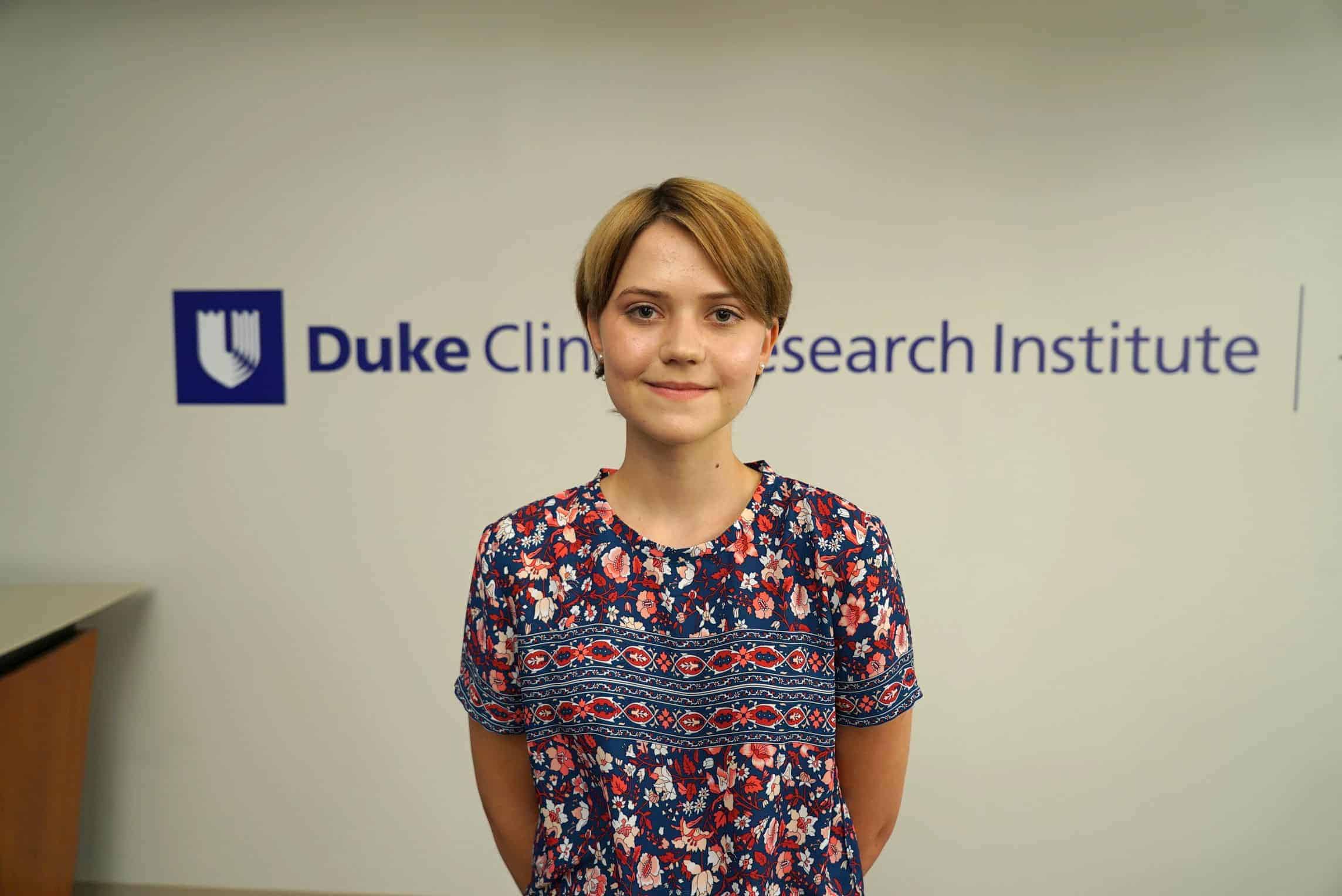

Cordelia says the independence of the program was a double-edged sword she was grateful for in the end:
“I know I’m interested in science,” Hume said, “and I thought this program would be a great way for me to really see how interested I am in the medical sciences.”
She said the program was eye-opening for her.
“I’d never even heard the term ‘neonate,’ or anything like that,” she said. “It was intense, having two or three lectures a day about topics I couldn’t even pronounce … but they were really interesting, and they were really well-taught.”
Dr. Chu said student diversity is a priority for Duke STAR. That can make a real difference for minorities interested in entering the medical sciences. Just ask Samuel Danquah, who said he has always wanted to be a doctor.
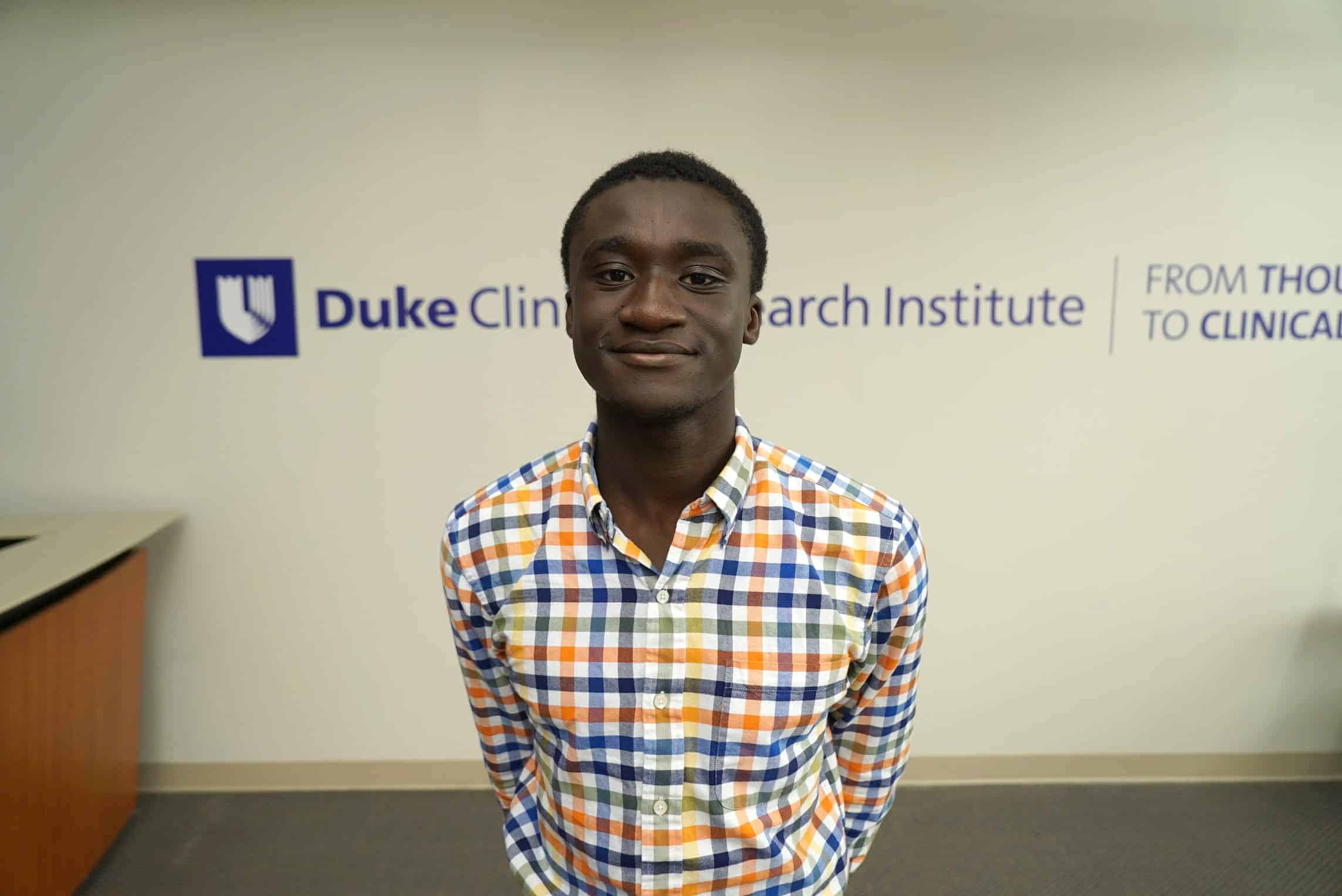

Sam wants to do pro bono work as a doctor in Africa or Southeast Asia:
Danquah said he’s used to being one of the only black students in this type of setting.
“You sort of have to prove yourself constantly,” he said. “You’re always fighting to establish your place.”
He said learning alongside such a capable and diverse group of students was an incredibly inspiring experience.
“Right from the very first day, I looked around and noticed there were a lot of minorities here,” Danquah said. “I was like, wow, this is super crazy. In a program I had done prior, there were literally two black kids out of 200 kids. Here, we were one-fourth of the cohort.”
Now entering his senior year of high school, Danquah said he will likely apply to Duke and UNC-Chapel Hill with plans to attend medical school.
Unlike Danquah, Isaias Reyes-Martinez has always been more interested in business than the medical sciences. But he said completing the Duke STAR program gave him a new perspective on what career options are available to him.
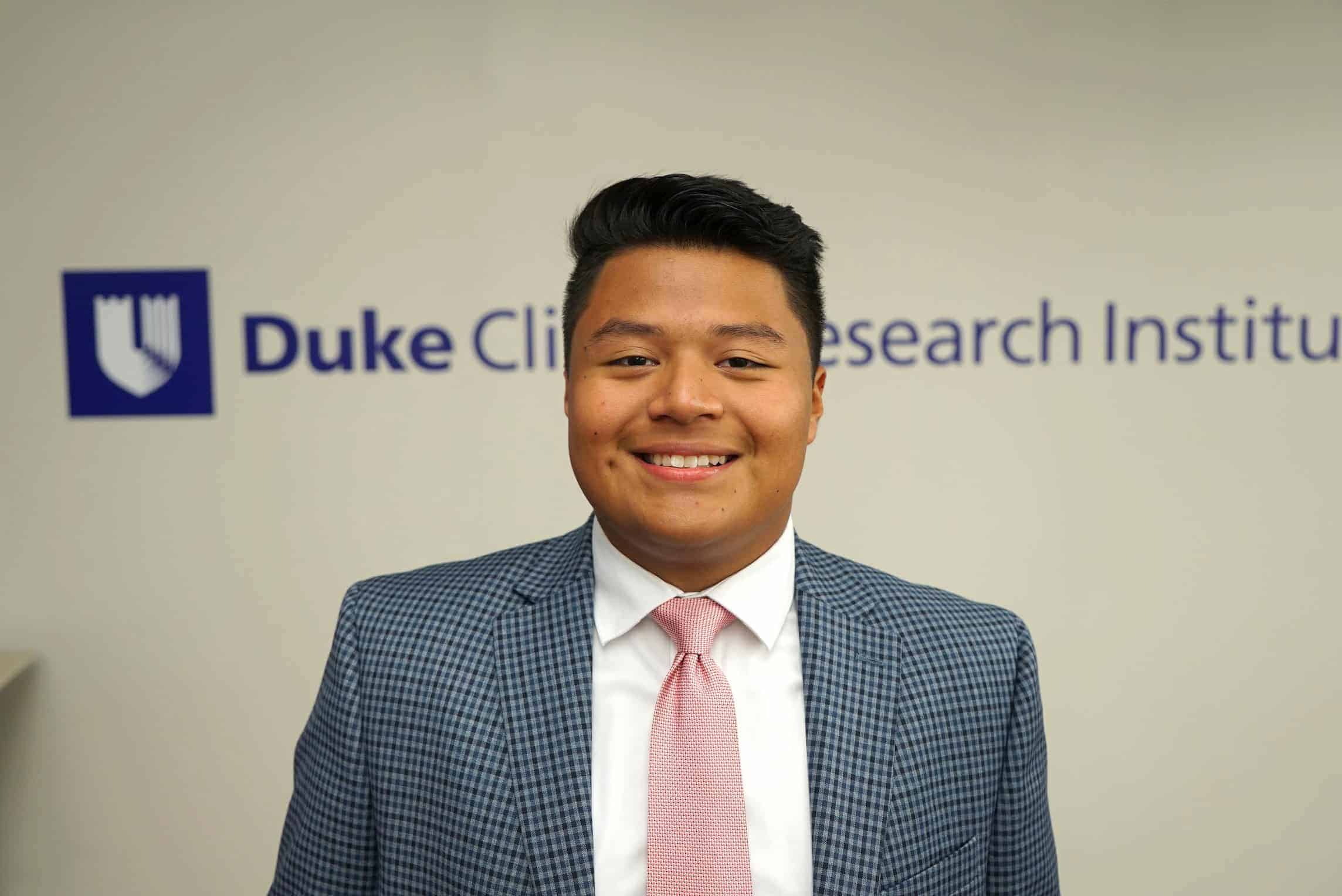

Isaias, a rising senior at Durham Academy, speaks English and Spanish fluently and hopes to use both in his career:
“For me, the whole idea of clinical research has always been mice, or labs, or something like that,” Reyes-Martinez said. “It was never attractive to me when I was younger. But now that I went through this program, I see that it’s more than that. It’s a lot of collaborating with other people in the profession, reading articles … presentation skills.”
Reyes-Martinez also had a personal connection to his research topic, a specific medical condition seen in newborn infants.
“When I was younger, I did have hyperbilirubinemia,” he said. “Two weeks after I was born, I was hospitalized again.”
Because the Duke STAR program receives grant funding from the National Institute of Health, students received compensation for their time and work: $3,200 for college students and $2,600 for those still in high school.
That’s important for students who would usually have to take a job over the summer for financial reasons. But perhaps the greatest reward for completing the program is the personal growth students experience. Chu said that’s the reason she works hard on the program every summer.
“They’re young, and [at the beginning] they have fairly naive ideas about what it is to be a researcher,” Chu said, “and what it is to be a physician.” Eight weeks later, they’re equipped to become the medical researchers of the future.
